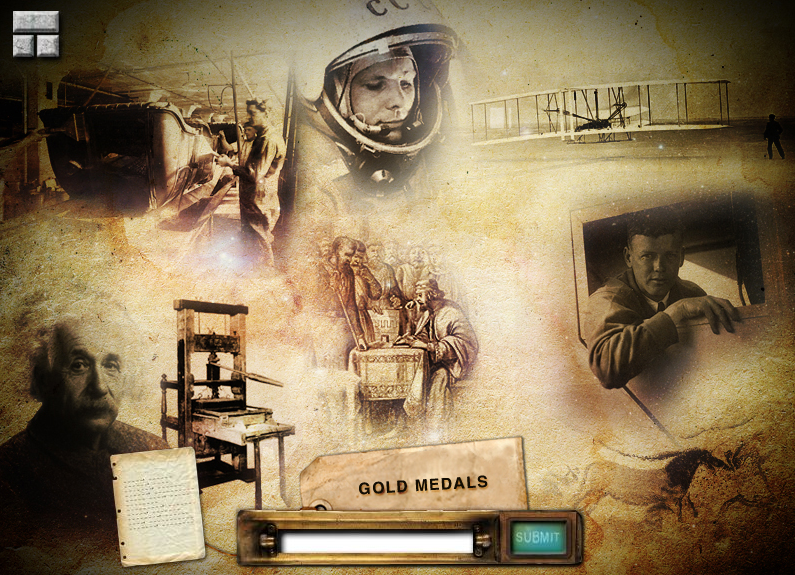A Journalist Describes a History Lesson (Part 1)

[Green high school in a Midwestern city]*, a small, crowded building set quite unpretentiously (for an American high school), [is] in a neighborhood once almost entirely Jewish, now almost entirely black….This is not, however, a slum school. No place in America is positively good for a black, but [this Midwestern city] seems to be about the least bad. The parents of many of these students make a lower-middle-class income or better, the atmosphere in Green’s halls is as free as it is in Scarsdale’s, and the attitude toward education seems to have no more than the usual degree of suspicion. Still, these children are black, part of an actively repressed minority group. As seen on a very brief visit, Green would seem to be considerable of an accomplishment. One history class provided evidence that students here are learning more than just social studies: when the teacher made reference to “The Mar-see-yay,” a mutter of “Mar-say-yez” rose from around the borders of the room.
The teacher in this American History class is a hawk-nosed, lean crew-cut young man named [Leon Pierson] … a teacher with a personal devotion to history. He balances American History around the Civil War for teaching purposes, but he does so out of respect, not contempt, for his black students. He begins the class by handing out ‘’a very short reading list—on which there will be no comments.” Then he writes four names on the board:
J.G. Randall
Charles Beard
[Kenneth Stamp]
James Ford Rhodes
“We’ll take these names to represent historians’ views [on the cause of the Civil War]. You’ll remember Beard’s thesis—‘the clash between the Lords of the Lash
